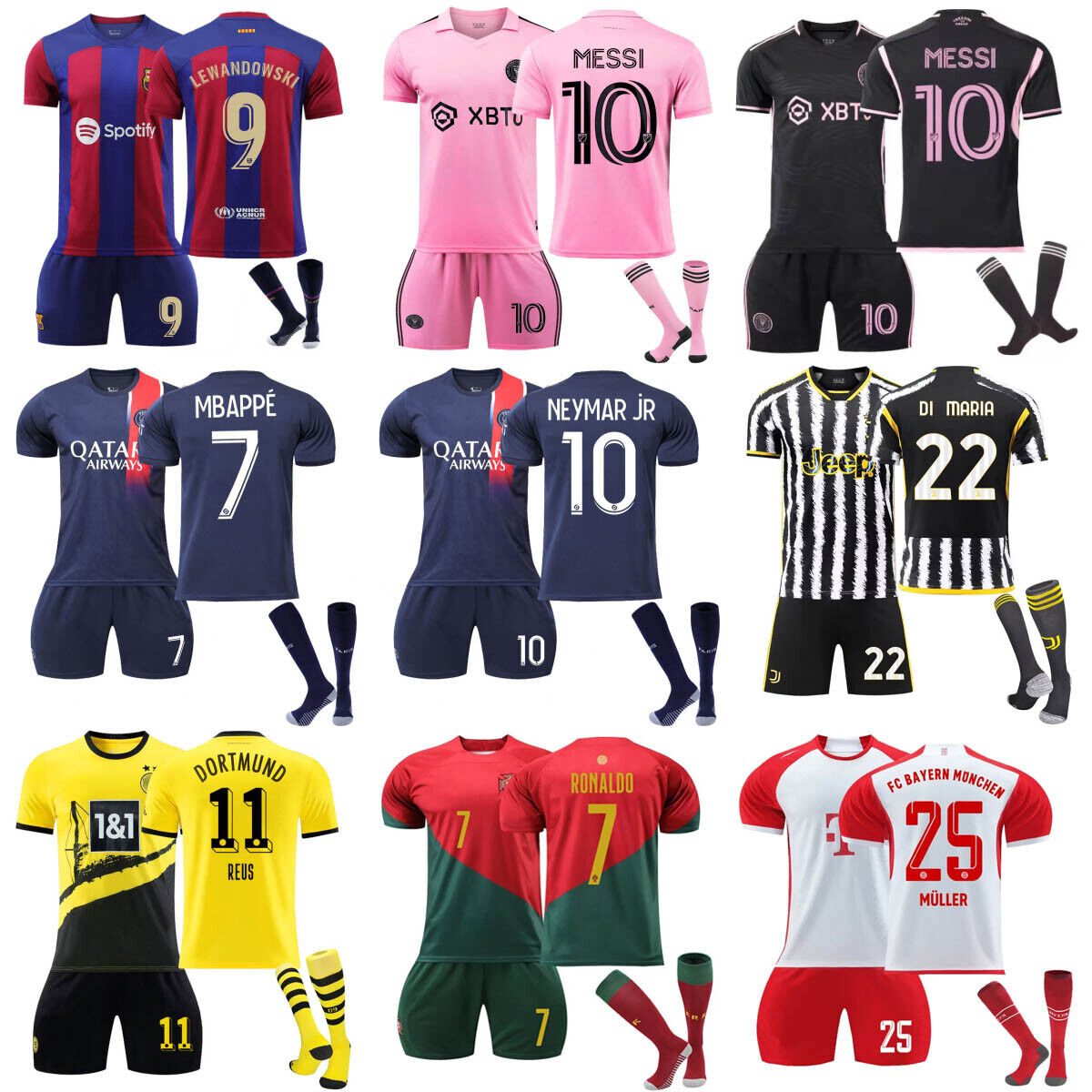Why Are Football Shirts So Expensive?
Football shirts, once just functional attire, have evolved into cultural symbols and fashion statements, driving their demand and prices up.
The shift from basic team colors to branded shirts with logos and sponsors reflects the commercialization of football and the increasing importance of branding in sports.
The introduction of sponsor logos on shirts was initially controversial but became a lucrative revenue stream for clubs, revolutionizing football’s business model.
The surge in broadcasting deals during the 90s not only boosted clubs’ finances but also fueled the marketing of replica kits, turning them into must-have items for fans.
Authentic shirts designed for players prioritize performance, featuring advanced materials and technology aimed at enhancing comfort and agility on the field.
Replica shirts cater to fans seeking comfort and style, offering a more relaxed fit suitable for everyday wear.
Inflation is a significant factor contributing to the rise in football shirt prices over the years, although advancements in technology and materials also play a role.
The distinction between authentic and replica shirts reflects the varying needs and preferences of consumers, with each version serving a different purpose.
The complex price breakdown of football shirts illustrates the various stakeholders involved, from manufacturers to retailers, and the costs associated with production, distribution, and marketing.
Despite the perception of high profit margins, brands like Adidas often face challenges such as unsold stock and competition, which impact their bottom line.

